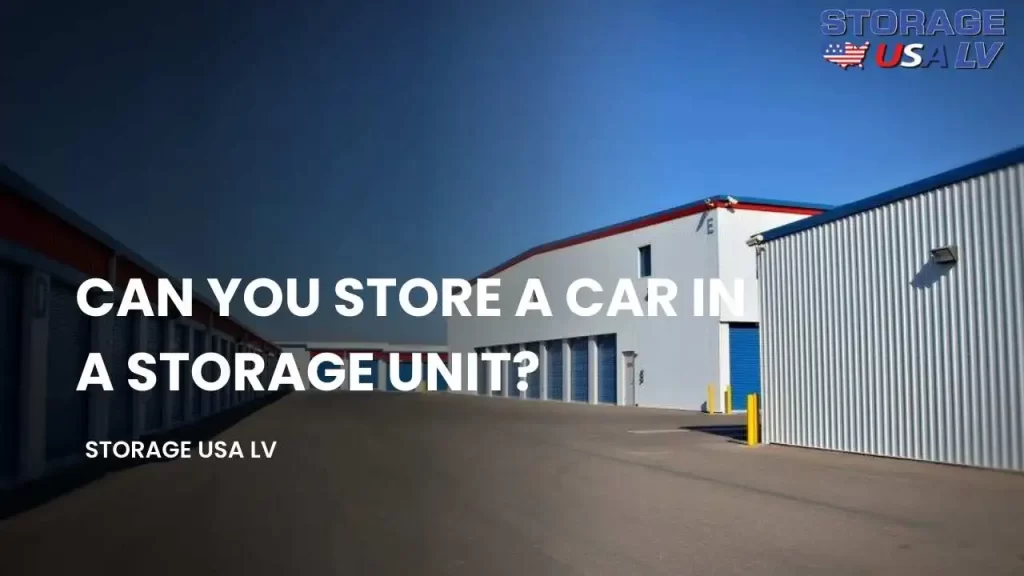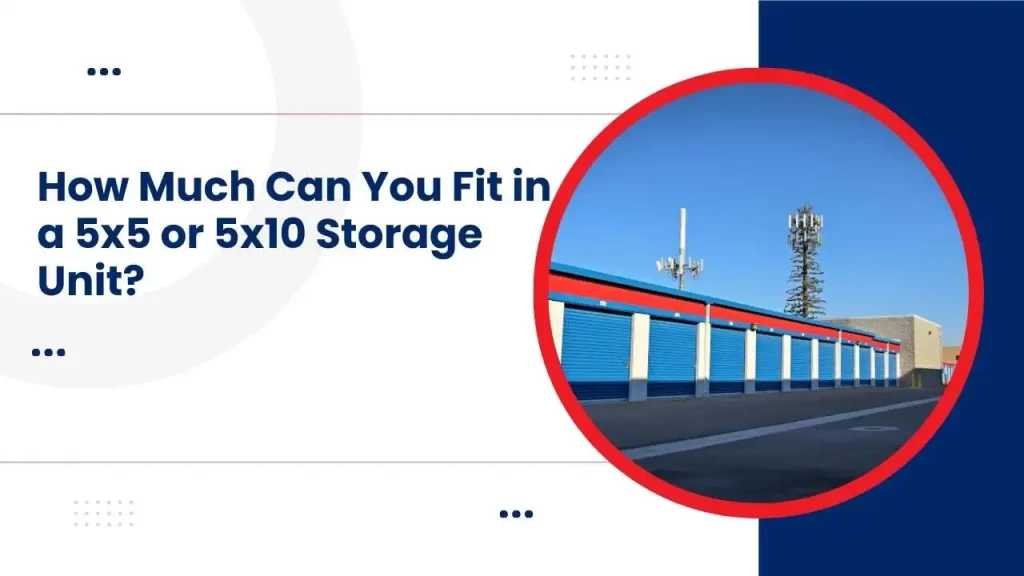
Yes, you absolutely can store a car in a storage unit! In fact, it’s a popular option for many car owners who need a safe and secure place to keep their vehicle for various reasons. From finding a secure facility and choosing the right size unit to prepping your car and maintaining it during storage, this article equips you with everything you need for a smooth car storage experience.
Why Use a Storage Unit for Your Car?
There are numerous reasons why someone might choose to store their car in a storage unit. Here are some of the most common:
- Seasonal Storage: If you own a convertible, motorcycle, or other seasonal vehicle, storing it during the off-season helps protect it from harsh weather elements and prevents unnecessary wear and tear.
- Deployment or Travel: Military deployments or extended overseas travel often necessitate car storage for long periods.
- Limited Space: Living in an apartment with no designated parking or a crowded driveway can make storing a car a challenge. A storage unit offers a convenient solution.
- Project Cars: Car enthusiasts working on restoration projects or classic car collections often utilize storage units for their vehicles.
- Peace of Mind: Storage units provide a secure and enclosed space for your car, safeguarding it from theft, vandalism, or weather damage.
Finding the Right Storage Unit Facility
Not all storage facilities are created equal. Here are some key factors to consider when searching for a unit to store your car:
- Security: Prioritize facilities with features like perimeter fencing, security cameras, gated entry, and on-site management.
- Unit Size: Measure your car’s dimensions (length, width, and height) to ensure it comfortably fits within the unit. Consider extra space for maneuvering and potential storage of car parts or accessories.
- Climate Control: For long-term storage or valuable vehicles, consider a climate-controlled unit. This regulates temperature and humidity, preventing issues like rust, mold growth, or cracked dashboards.
- Accessibility: Choose a facility with convenient access hours that fit your needs. Some facilities offer 24/7 access, while others might have limited hours.
- Insurance: While most storage facilities offer basic content insurance, it’s crucial to understand the limitations. Consider purchasing additional comprehensive or agreed value car insurance for your stored vehicle.
- Restrictions: Carefully review the facility’s terms and conditions. Some might have restrictions on vehicle types (e.g., no leaking vehicles), fluid levels, starting the engine on-site, or storing flammable materials inside the unit.
Choosing the Right Unit Size
As mentioned earlier, unit size is crucial. Here’s a general guide to help you choose the appropriate one for your car:
- Small Cars (Hatchbacks, Sedans): A 10′ x 15′ unit should suffice for most small cars.
- Medium Cars (SUVs, Trucks): A 10′ x 20′ unit is ideal for most SUVs and mid-size trucks.
- Large Vehicles (Vans, Large Trucks): Consider units 10′ x 25′ or larger for large vans, oversized trucks, or vehicles with trailers.
Remember, these are just starting points. Always double-check the dimensions of your car and the unit before making a decision.
Preparing Your Car for Storage
Once you’ve secured the perfect storage unit, it’s time to prepare your car for its stay. Here are some essential steps:
- Give it a Thorough Cleaning: Wash, wax, and vacuum your car to remove dirt, debris, and potential moisture sources that could lead to mold growth.
- Top Off Fluids: Ensure all fluid levels (oil, coolant, brake fluid) are topped off to prevent corrosion or leaks.
- Fill the Gas Tank: Leave the gas tank partially full (around half) to prevent condensation and rust inside the tank.
- Disconnect the Battery: Disconnecting the battery prevents electrical drain and potential damage during storage.
- Inflate Tires Properly: Overinflate tires by 10 psi to compensate for pressure loss during storage. Place wheel chocks under the tires for added stability.
- Park in Neutral with Parking Brake Engaged: Leave the car in neutral with the parking brake engaged to prevent accidental movement.
Additional Storage Tips:
- Cover the Car: Investing in a breathable car cover protects your car from dust and minor scratches while still allowing for ventilation. Avoid using plastic covers, which can trap moisture.
- Monthly Starts (Optional): If feasible, consider starting your car briefly (for 10-15 minutes) every month and letting it run to circulate fluids and prevent battery drain. However, only do this if the storage facility allows it and ensure proper ventilation during this process.
Placing Desiccant Packs Strategically
Desiccant packs, often filled with moisture-absorbing silica gel, are helpful tools to combat moisture build-up during car storage. Here’s how to place them strategically for optimal effectiveness:
- Target Moisture-Prone Areas: Place desiccant packs in areas prone to moisture accumulation, such as the car’s interior (floorboard, under seats, dashboard) and trunk.
- Fabric Pockets: If using loose desiccant beads, consider creating breathable fabric pockets to contain them. This prevents the beads from scattering and allows for easy removal and replacement.
- Elevated Placement: Avoid placing desiccant packs directly on carpeted surfaces or leather seats, as they might absorb moisture from these materials and become less effective. Instead, position them on elevated surfaces like cup holders or center consoles.
- Multiple Packs: Don’t rely on a single desiccant pack. Use several throughout the car’s interior and trunk for better moisture control, especially for larger vehicles or humid climates.
Maintaining Your Car During Storage
Even in storage, taking some preventative measures can help maintain your car and ensure a smooth transition back on the road:
- Monthly Inspections (Optional): If possible, conduct monthly visual inspections of your car to check for leaks, signs of rodent activity, or any unexpected issues.
- Battery Check: For long-term storage (over 3 months), consider having someone check the car’s battery periodically or investing in a battery trickle charger to maintain its charge.
Conclusion
Storing your car in a storage unit can be a convenient and secure solution for various reasons. By following the tips outlined in this comprehensive guide, you can ensure your car remains protected and well-maintained throughout its storage period. Remember to prioritize finding a reputable storage facility, choosing the right unit size, properly preparing your car, and taking precautionary measures during storage for a stress-free experience.


